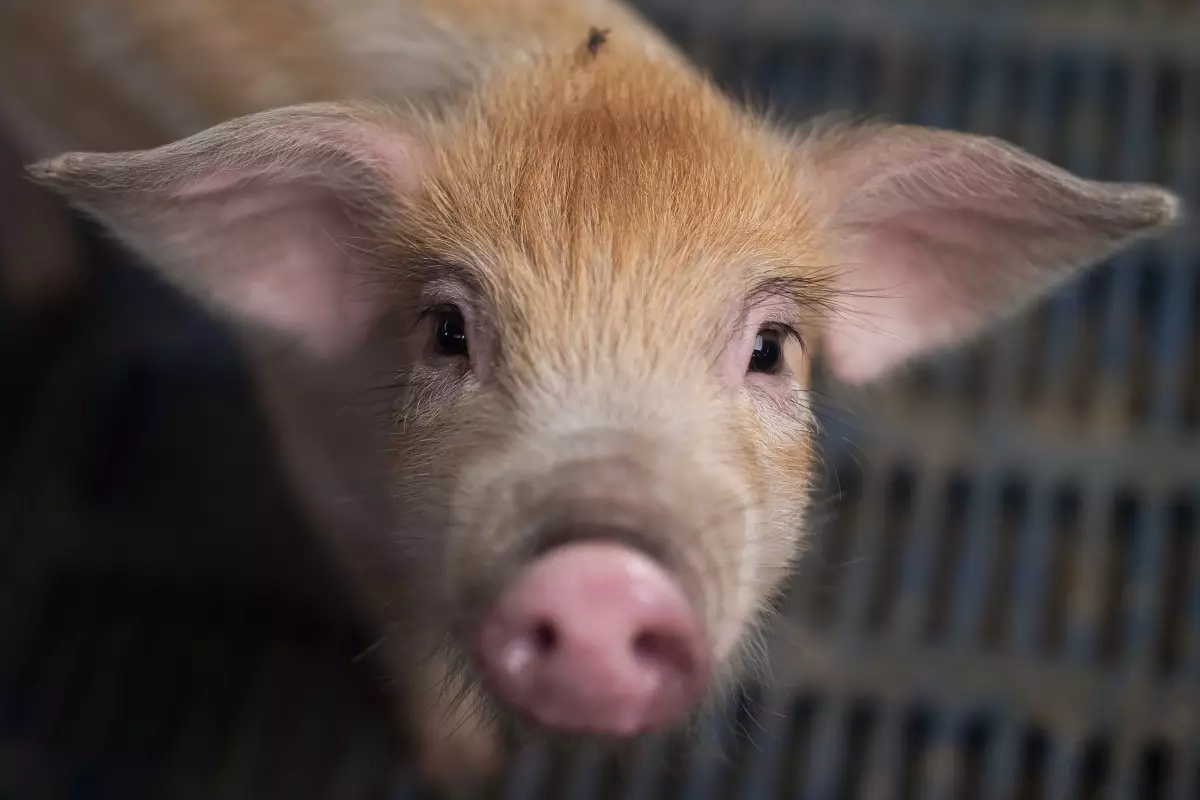Artificial Intelligence (AI) is making significant strides in various fields, and now researchers are exploring its potential in understanding animal emotions. The ability to interpret signs of discomfort or pain in animals is crucial for veterinarians and pet owners alike, as it fosters better care and enhances the overall well-being of various species. Recent advancements have demonstrated that with the help of AI, we might be on the brink of a breakthrough in how we communicate with and care for our animal companions.
One notable development is the Intellipig system created by scientists at the University of the West of England, Bristol, in collaboration with Scotland’s Rural College. This innovative technology utilizes image recognition capabilities to analyze the facial expressions of pigs, alerting farmers to potential issues such as pain, illness, or emotional distress. By systematically sifting through photographs of pigs’ faces, the system strives to facilitate immediate interventions. This proactive approach has the potential to transform animal husbandry practices, allowing farmers to ensure better living conditions and care for their livestock in real time.
Further contributions to this field come from a team at the University of Haifa, known for their success in developing facial recognition software to help locate lost pets. They are now adapting this technology to identify subtle facial cues in animals, particularly dogs. Given that dogs share approximately 38% of their facial movements with humans, this initiative has promising implications for interpreting canine emotions. By honing in on specific expressions associated with discomfort, the AI could assist owners and veterinarians in addressing issues before they escalate, potentially saving lives and improving the quality of life for pets.
AI Learning from Experimentation: Innovations in Veterinary Science
In another groundbreaking effort, researchers at the University of São Paulo have embarked on a unique project involving horses. They analyzed images of horses taken at different times—before and after surgery and while under the influence of painkillers. This research allowed the AI system to independently identify visual indicators of pain, focusing on critical areas such as the eyes, ears, and mouth. Remarkably, this approach yielded an impressive 88% success rate in pain detection. This capability illustrates the potential for AI to be used as a diagnostic tool, complementing traditional observational methods in veterinary care.
As we embrace the integration of AI into animal welfare, ethical considerations must also be prioritized. While these technologies offer tremendous benefits, there is a responsibility to ensure that their implementation respects the dignity and treatment of animals. Moreover, an emphasis on comprehensive training and understanding of animal behaviors remains vital to optimize AI systems effectively. It is crucial for researchers to work hand in hand with veterinarians and animal behaviorists to ensure the technology is reliable and genuinely beneficial.
Looking Ahead: A New Era in Animal Care
The ongoing advancements in AI presence in veterinary science herald a new era in animal care. As we continue to explore the capacity of technology to bridge communication gaps between humans and animals, the potential for enriched emotional understanding is immense. With continued research and ethical frameworks in place, AI could not only enhance our interactions with animals but also ensure that we provide them with the care they truly deserve. Embracing these innovations might unlock new pathways toward a more compassionate coexistence with our animal companions.

